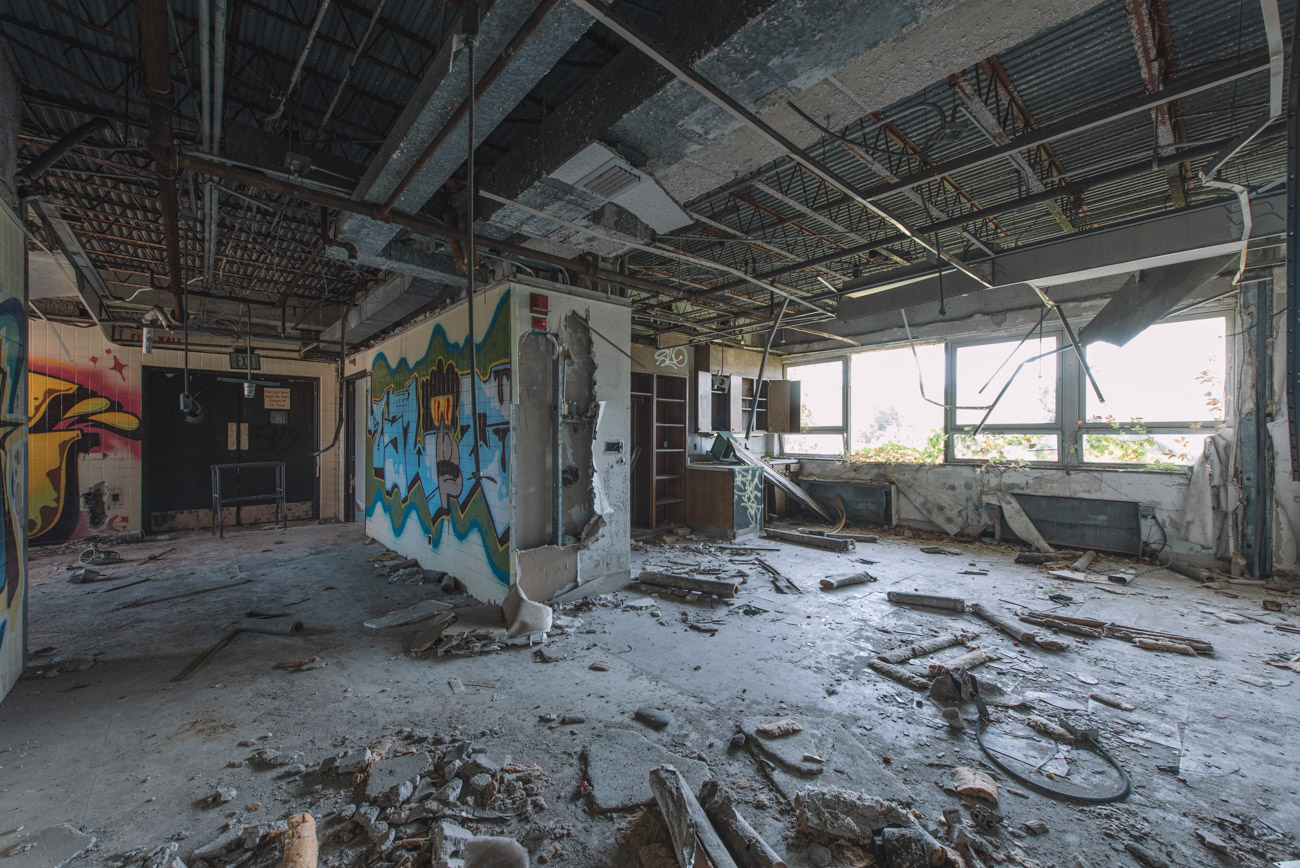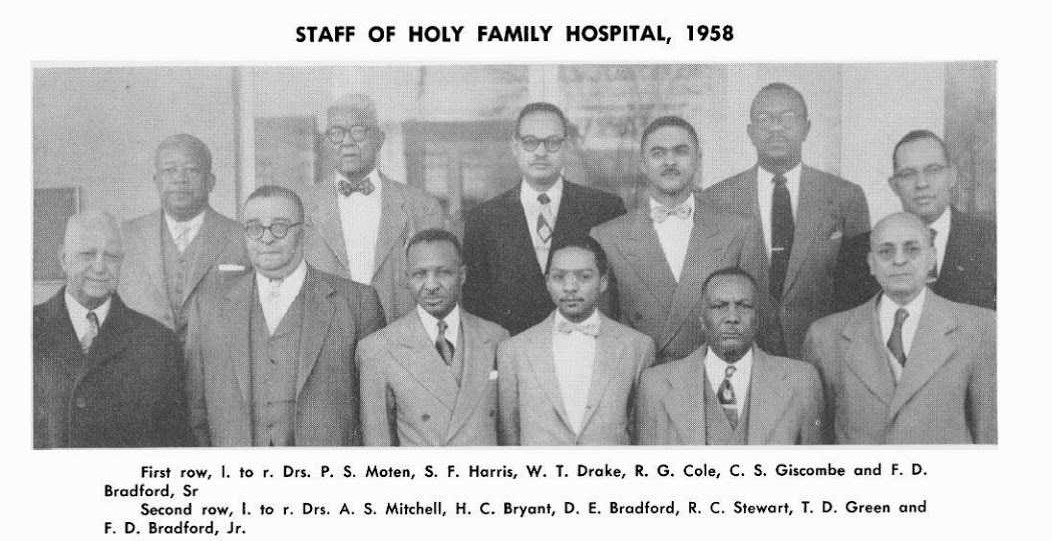| City/Town: • Birmingham |
| Location Class: • Medical |
| Built: • 1954 | Abandoned: • 1993 |
| Historic Designation: |
| Status: • Abandoned |
| Photojournalist: • David Bulit |
Table of Contents
Sisters of Charity of Nazareth in Ensley
The story of the Holy Family Hospital begins In 1938, when the Passionists, a Roman Catholic religious order, established a mission in Ensley, a predominantly African American community near Birmingham, Alabama. Rev. Michael Caswell, a Passionist priest who was ordained in 1937 after serving as an assistant pastor at Holy Family Church, extended invitations to the Sisters of Charity of Nazareth (SCNs) to join the mission in Ensley. The SCNs were known for their commitment to healthcare and social justice, and they had a history of serving underserved communities.
In 1941, the SCNs accepted the invitation and assumed responsibility for a small health clinic in Ensley. This clinic was a vital resource for the community, as it was often the only place where African Americans could access healthcare during a time when racial segregation and discrimination were rampant. African Americans were frequently denied admission to white hospitals, and when they did receive healthcare, it often occurred in the basements of these facilities to avoid mixing with white patients.
The clinic in Ensley was staffed by a diverse team of healthcare providers which included local doctors, both black and white, as well as SCN and lay nurses. Volunteer interns were also involved in providing care. In addition to providing much needed health services, the SCNs also desired to provide African American doctors the opportunity to use their knowledge and skills to serve their community.
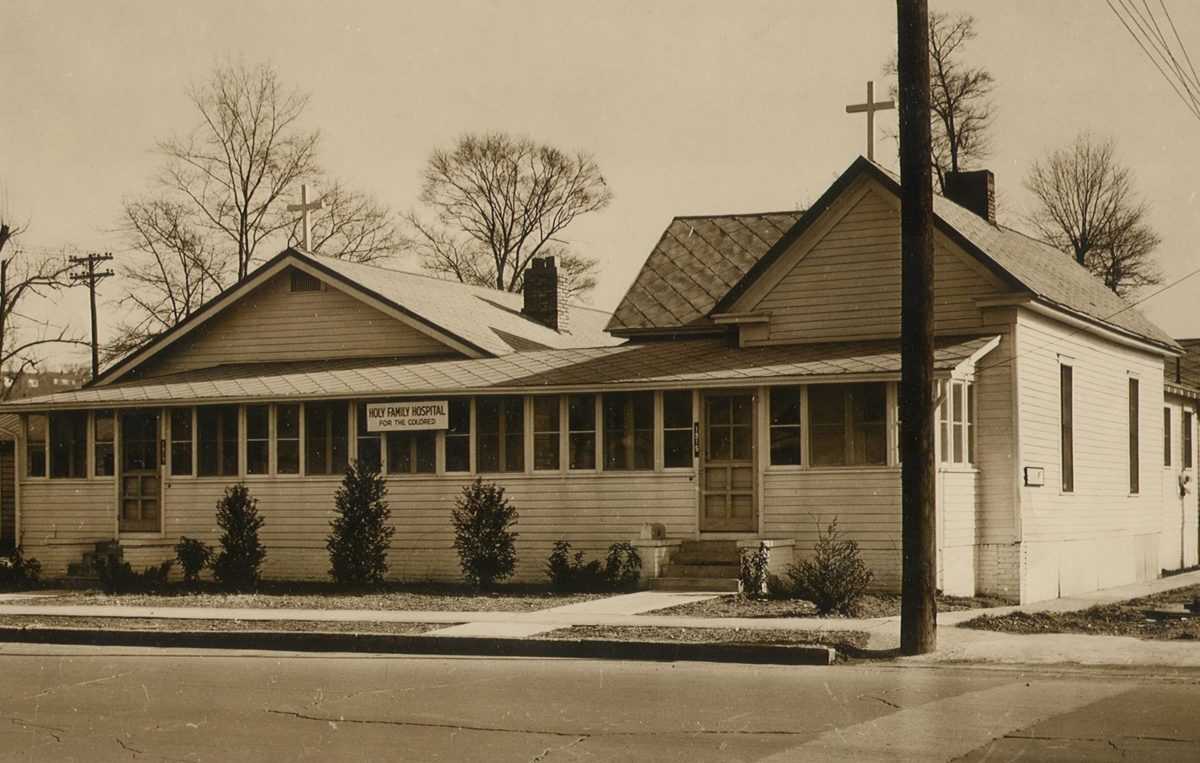
Holy Family Hospital
The clinic initially faced overcrowding issues due to the increasing demand for medical services. This was exacerbated by the limited availability of building materials during World War II. To address this, the Sisters, along with local construction expertise, came up with a creative plan to merge three small houses into a single, larger facility. This new structure, named ‘Holy Family Hospital,’ featured a twelve-bed ward, chapel, dispensary, offices, and a kitchen. Initially, the hospital offered a range of services.
Due to the high demand for maternity services, the hospital gradually shifted its focus primarily to maternity care. Between 1946 and 1950, Holy Family Hospital conducted over 1,500 deliveries, with most of them attended by African American doctors.
Construction of a New Modern Facility
After World War II, the Sisters embarked on a fundraising campaign to build a new, more extensive hospital. Their efforts, combined with generous contributions from the citizens of Birmingham and other SCN institutions, raised over $250,000. An additional $600,000 in funding came from the United States government through the Hill-Burton Act, which aimed to improve healthcare accessibility for all Americans. This funding enabled the construction of a new, sixty-bed hospital, which opened in 1954. By 1963, Holy Family Hospital’s staff included nineteen African American doctors, seven SCNs, and 116 additional support staff,
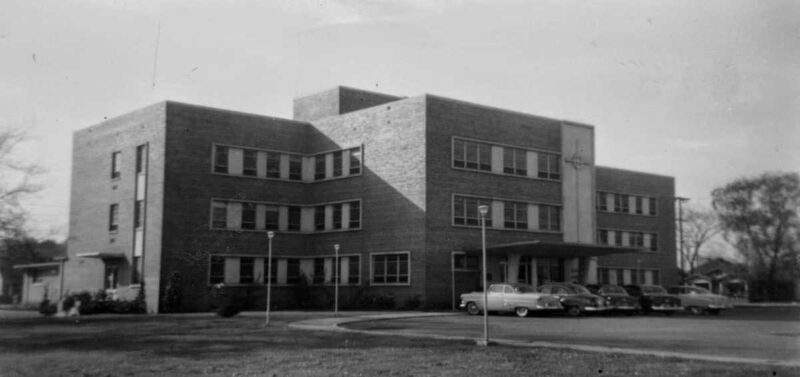
Closure
As integration became more common and the Civil Rights Act of 1964 was passed, the need for a separate African American hospital diminished. In response to these changing circumstances, in 1970, the SCNs transferred ownership of Holy Family Hospital to a local non-profit organization which was renamed Community Hospital. This transition marked a shift in the hospital’s role, but it did not signify the end of the Sisters’ service to the community. The SCNs continued to serve the Ensley community, albeit in a different capacity. They redirected their efforts towards Holy Family High School, demonstrating their ongoing commitment to the area’s educational and social needs.
By 1986, the facility was sold and operating as Medical Park West until its closing in 1988. The facility would briefly reopen in 1989 as Community Hospital with 22 beds, only to close it down for good soon thereafter. Following its closure, the facility was used as the RETS Electronics Institute until 1993. Since that time proposals for its reuse have emerged including using the facility as a senior center and as a VA facility.
In 2006, the Faith Chapel Christian Center purchased the vacant hospital with the intention of renovating it into a community health facility and clinic. The building was listed on the Alabama Register of Landmarks and Heritage on January 24, 2008.
The property was later acquired by contractor Randall Scott who has been seeking investors to help renovate it as luxury housing for veterans. He kept up a portion of the building as office space for himself but eventually moved out as he was unable to secure the building from trespassers and vandals. The white nationalist group “Patriot Front” painted graffiti on a wall of the vacant hospital facing the highway in March 2023. Scott gave permission for a community group organized by Alex Brewer to remove the offensive messages.
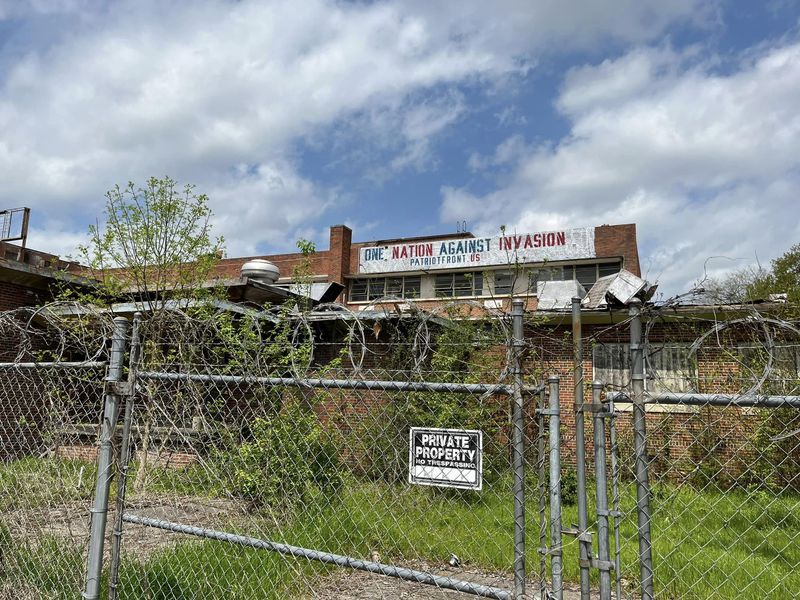
Photo Gallery
References
Sisters of Charity of Nazareth. (May 7, 2020). A brief History of the Holy Family Clinic
The University of Richmond; The History Engine. (retrieved September 25, 2023). Holy Family Hospital: Birmingham’s First Colored Hospital

